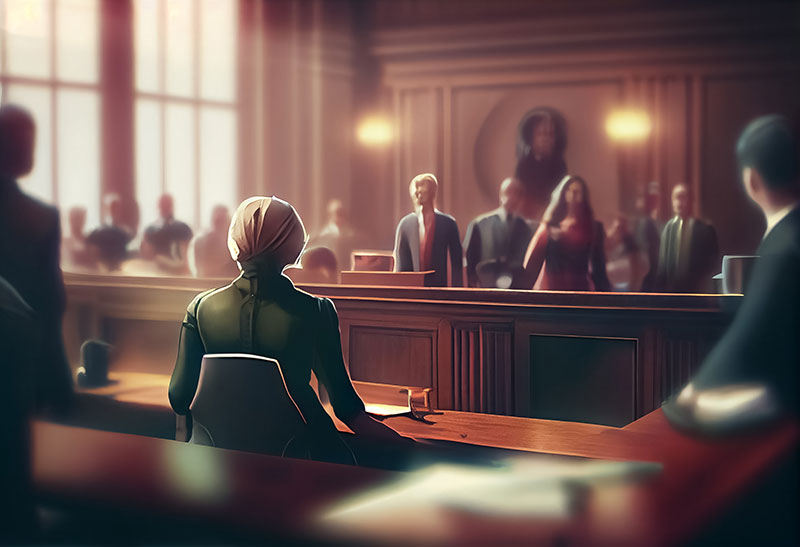Bringing Clarity to the Courtroom with Legal Art
Bringing Clarity to the Courtroom with Legal Art
Blog Article

In today's legal world, visual clarity plays a crucial role. Litigation visuals are now vital to help jurors understand complex events and expert testimony. Companies like LawFX are at the forefront of this visual legal revolution.
Legal Illustration: Explained
Courtroom illustrations are visual representations created for use in trial or litigation support. From car wrecks to faulty product usage, illustrations offer clarity for non-expert audiences. LawFX ensures each piece aligns with legal standards while enhancing testimony.
Visual Strategy by LawFX
LawFX LawFX courtroom illustration works hand-in-hand with attorneys to create visuals tailored to the case. Whether for trial, mediation, or depositions, their visuals enhance legal messaging across the board.
Why Use Courtroom Illustrations?
In court, time is short and information is dense. An effective illustration can support or even replace lengthy explanations. This improves juror retention and creates stronger emotional impact during trial.
Illustrations vs. Trial Graphics
They're used to organize arguments or highlight key facts. Illustrations, by contrast, depict scenes or injuries to tell a visual story.
Practice Areas That Rely on Courtroom Visuals
Attorneys in fields like personal injury, product liability, and malpractice use visuals to explain their case. The versatility of these visuals makes them valuable across all phases of litigation.
Types of Cases That Benefit from Courtroom Art
Jurors can see what happened instead of just hearing it. LawFX's expertise helps clarify these high-stakes issues through careful illustration.
How Legal Visuals Are Created
Next, they collect evidence, photos, expert reports, and medical records. Drafts are created and reviewed with the legal team for accuracy. This collaborative method ensures that every visual is effective, precise, and courtroom-approved.
Illustration’s Role in Juror Decision-Making
Illustrations bridge the knowledge gap and reduce confusion. Visual storytelling keeps jurors focused and makes complicated testimony easier to follow.
Admissibility of Legal Visuals
They collaborate with experts to confirm that each illustration reflects actual evidence. Avoiding exaggeration or misleading design ensures their work withstands scrutiny and contributes to trial success.
Visual Aids for Negotiation
They show the strength of a case in ways that copyright cannot. Attorneys use them to influence settlement terms or simplify complex arguments during mediation.
What Clients Ask About LawFX
What visuals do you create? Courtroom illustrations, trial graphics, 3D models, and digital presentations.
Are they admissible? Yes—they meet evidentiary standards and are reviewed with experts.
What’s the difference between illustrations and trial graphics? Graphics show data; illustrations show events or scenes.
Where can they be used? In court, settlement, depositions, and mediation.
How long does it take? Simple visuals take days, complex ones may take 1–2 weeks.
Visuals as Legal Strategy
Legal visuals improve communication, clarify arguments, and help jurors make better decisions. LawFX stands out by combining artistic talent with legal understanding.
Report this page